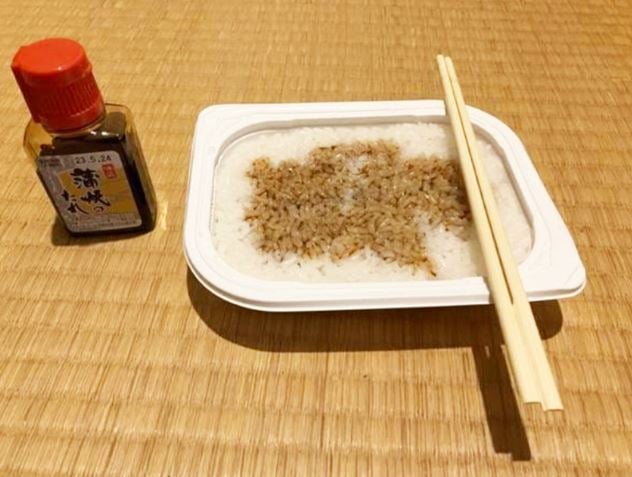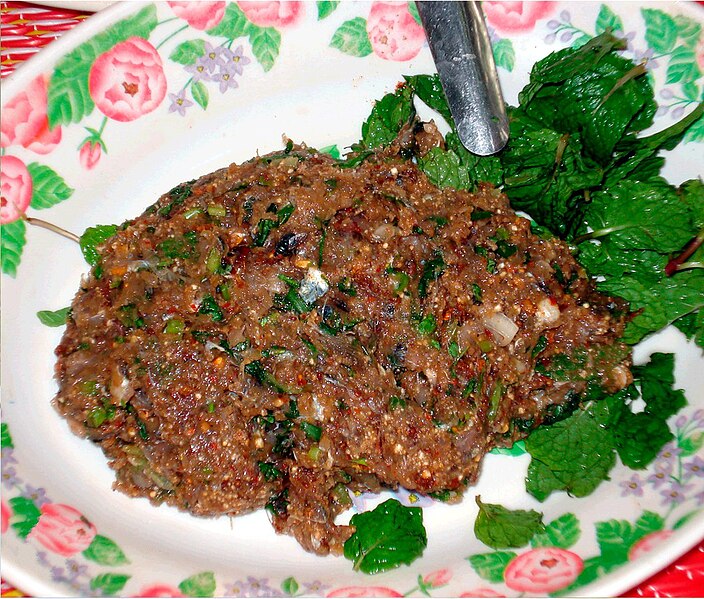At a time when housing rates are hitting the roof, an English farmer has gone and built a house for almost nothing. 59-year-old Michael Buck spent a measly £150( $250) to construct a small, yet cozy house in the garden of his Oxfordshire home.
The former art teacher drew plans for the house on the back of an envelope. He didn’t need any special planning permissions since it was classified as a summer home. Buck spent two years gathering natural and reclaimed materials for construction. It took him an additional eight months to construct it with his bare hands; he didn’t use any power tools at all.
To make the base, he learned the ancient technique of cob from a book. The technique comes from prehistoric times and involves a mixture of sand, clay, water and earth. Clay based subsoil is mixed with sand, straw and water and then ladled onto a stone foundation. Workers and oxen then trample upon the mixture – a process known as cobbing. The layers of cob gradually build up and harden over time.
For the 300 sq. ft. floor space, Buck rescued the floorboards from a neighbor’s unused skip. He retrieved the windscreen of an old lorry and converted the glass into windows. The walls are painted with a mixture of chalk and plant resin. The roof is a simple wooden frame thatched with straw from nearby fields.
Buck had not planned to spend any money on construction at all, but a few miscalculations resulted in the £150 expenditure. The amount of straw he needed for the roof was more than expected, so he had to buy some. He also spent money on nails to keep the thatch attached.The hobbit house has no electrical fittings, no running water and no gas connection. But residents of the house really don’t need these because there are alternatives for everything.
Free running water is available at the hut 24/7, thanks to a diverted nearby spring that gurgles out of a pipe outside the house. There is no central heating, but the cob walls and thatched roof provide excellent insulation. The wood burning stove can be used for cooking and it is strategically placed beneath the bunk style bed. This makes sure that residents stay warm throughout the night. Candles and lanterns provide light.
A shallow well located few yards away from the front door serves as a natural fridge for preserving food. The house comes with a composting lavatory in a separate thatched outhouse with a view of the Oxfordshire countryside. A tin tub hangs on the wall outside for bathing.
Buck says his intention was to prove that paying for a house shouldn’t take a lifetime. “A house doesn’t have to cost the earth, you only need the earth to build it. I wanted to show that houses don’t have to cost anything. We live in a society where we spend our lives paying our mortgages, which many people don’t enjoy.”
He also wanted the house to fit in with the landscape rather than intrude upon it. The house, he says, could last forever with proper care and maintenance.
Photos © Michael Buck
Sources: Express.co.uk, Mirror.co.uk











